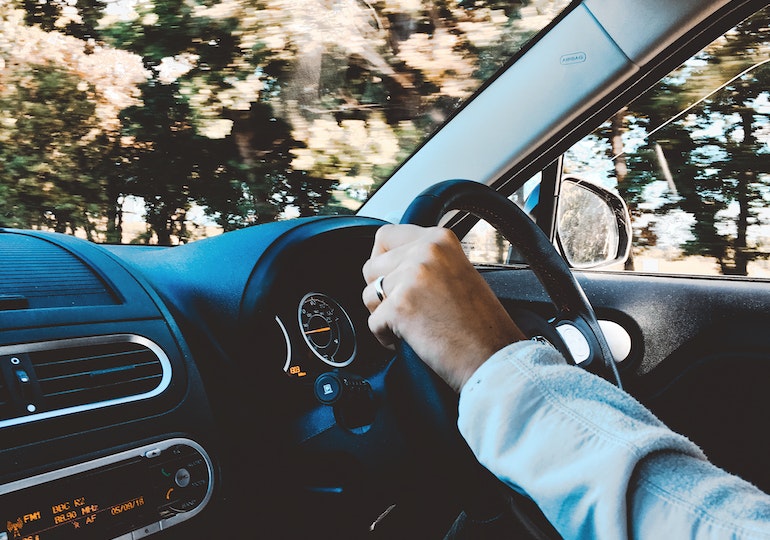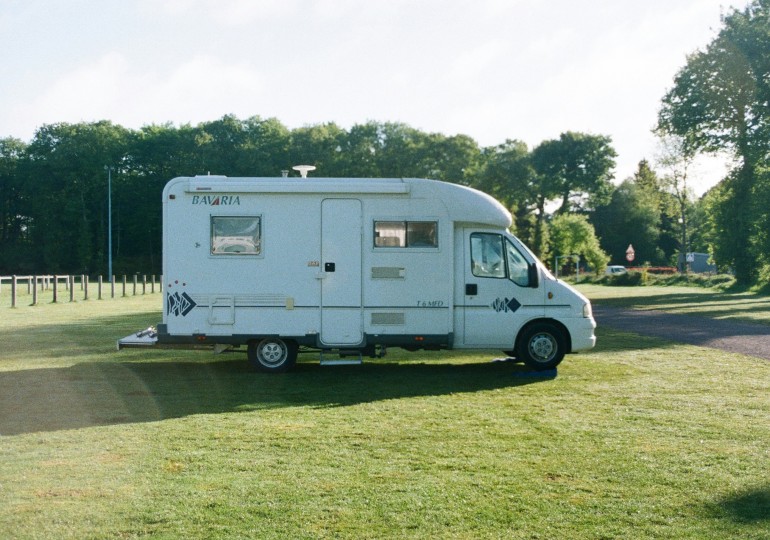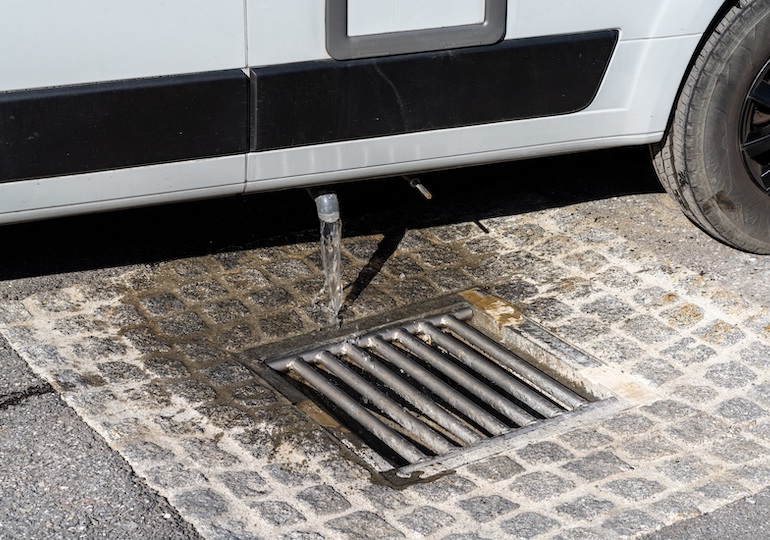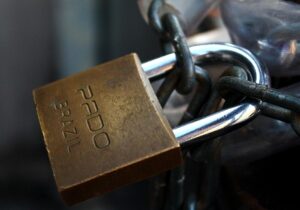Dan Cartwright has over 12 years of experience in the caravan and motorhome industry. He is a judge for a number of prestigious leisure vehicle awards and regularly heads off in his motorhome with his family. Every week, Dan shares his insights with the community. Here’s what he has to say this week.
I’m privileged to judge the annual Towcar of the Year Awards, which means I get to drive lots of different car and caravan combinations. This comes with the luxury of testing them out at specialised proving grounds, where you can really put a machine through its paces.
In my own time, I also do plenty of towing and road tests. Over the last five to ten years, there’s been a proliferation of electronic driving aids, which aim to make everyday driving safer for users. Statistically, that’s true – pre-collision warnings, alarm systems and blind spot indicators are good examples of tech helping to keep us in one piece. However, this isn’t the case for all of them and, depending on your rig, some can even make driving more dangerous.
There’s good news, though. I’m going to explain how you can mitigate these risks, but if you’re taking a car towing for the first time, I strongly suggest taking it to a quiet location with varying road conditions to see how the driver aids affect your towing ability. Here are some of the things I found out the hard way.
Lane assist
When lane assist is active, your vehicle will try to stay between white road markings, unless you’re indicating. This tool is designed to avoid accidents that may occur from negligence, such as a driver not paying attention on the motorway.
Sometimes, though, it can be a bit too aggressive and make the vehicle jolt quite hard. If there’s one thing a caravan owner knows about towing, it’s that smooth and stable is always best. On a motorway, a sudden movement can be concerning and, potentially, even destabilise your caravan.
It’s even worse on small country roads where you sometimes need to safely cross the white line for visibility around a corner. In this scenario, as soon as you reach the apex, your car and caravan combination can be destabilised by an overly aggressive lane assist.
Emergency brakes
Certain newer cars come fitted with an emergency stopping system. Essentially, if it detects the vehicle has been destabilised, it brakes quickly and slows down by 10 to 20 miles per hour. This sounds very sensible in theory, but for drivers that are towing along a motorway, a slight shake could initiate the emergency stop.
Once again, this goes completely against our ‘slow and stable’ mantra. With modern caravans, this isn’t so much of an issue. But with older models, it’s one of the easiest ways to jackknife your leisure vehicle.
Alarms
I’ve had a lot of different alarms in various cars while towing. Some of them constantly beep because they detect your caravan as another vehicle dangerously close to your rear end. With others, you’ll always hear the alarm because it’s being detected in your wing mirror or blind spot.
My favourite, though, is the intermittent collision warning system that activates when you take a corner because it senses your leisure vehicle in the blind spot. This won’t destabilise your caravan, but it’s really distracting. When you’re concentrating on towing a caravan, a loud noise every few seconds or minutes is the last thing you need.
It’s important to work out if you’ll experience any of these issues. So, try your caravan out somewhere relaxed, familiar and quiet. Identify whether or not these tools are present and how they operate.
If they are installed, there’s good news – you can switch them off. Either head to Google, read the manual or – my personal favourite – drive to your local retailer and ask them to show you how to switch it on and off. This means for normal driving you get all the benefits and when towing, they won’t become obstacles.
Photo credit: Lisa Fotios / Pexels




















































